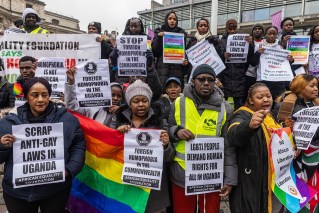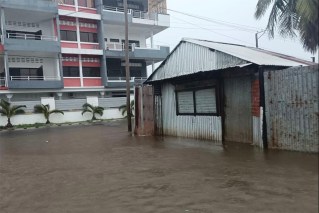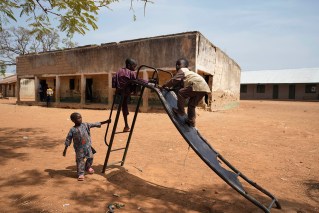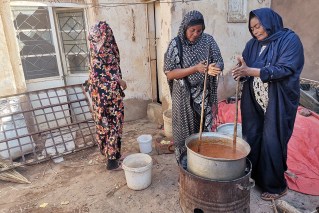South Africa’s winning war on Omicron offers hope to Australia

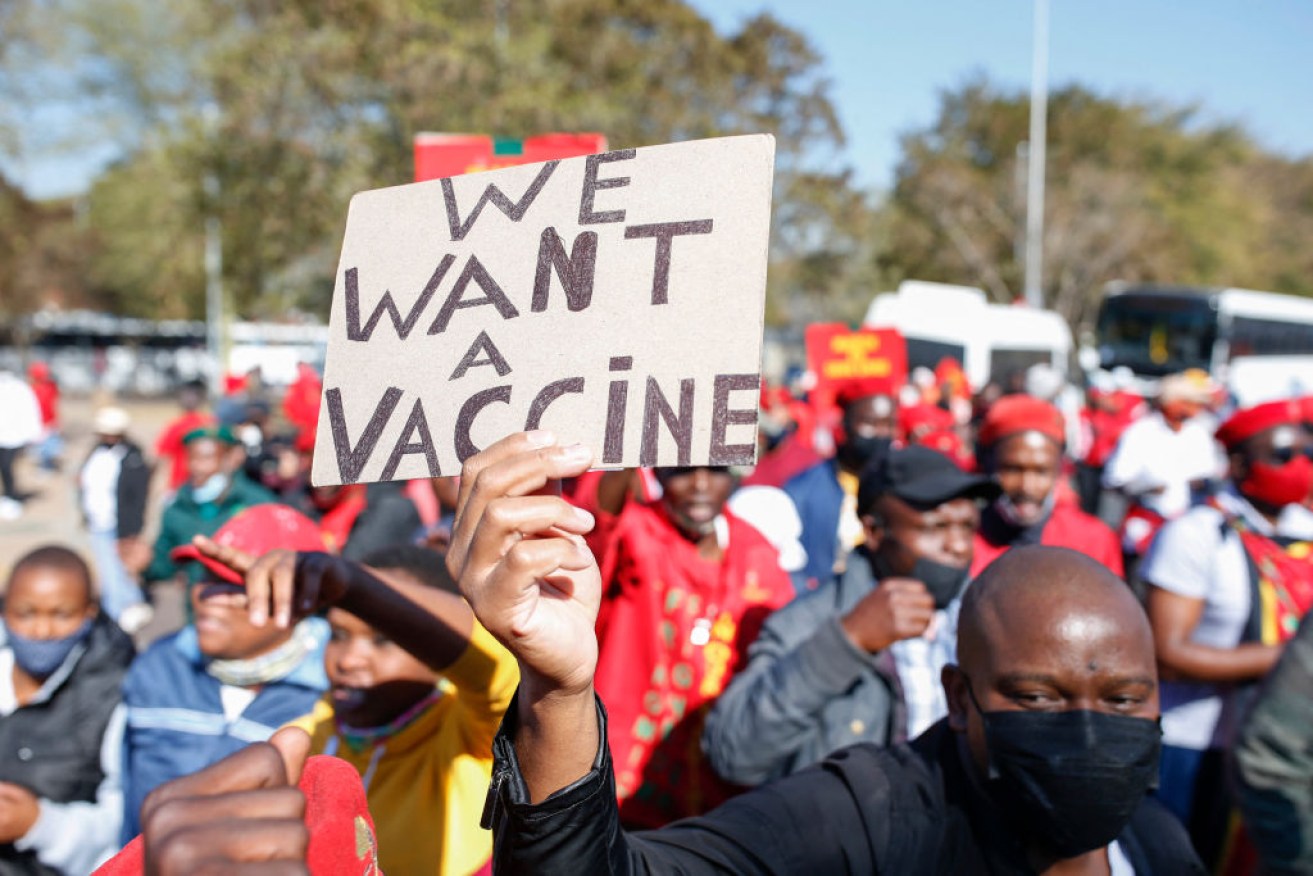
Omicron's fading lethality is a blessing to South Africa, where vaccination rates are low. Photo: Getty
Doctors in one of the South African cities where the mutant Omicron variant first appeared are seeing “clear signs” that COVID case numbers and hospital admission rates are poised to record significant declines.
The news will bring comfort to hard-pressed medical workers in Australia where infections are soaring out of control, with Victoria and NSW daily numbers recording tens of thousands of additional infections every day.
If Australia’s experience and timeline mirror South Africa, as seems likely, the Omicron wave should peak in February before registering a steep decline.
At the Steve Biko Academic Hospital in the City of Tshwane, 85km northeast of Johannesburg, doctors compared 466 infected patients admitted since mid-November 2021 to 3976 patients admitted before then.
The mortality rate during the Omicron surge was 4.5 per cent, compared to 21.3 per cent in the earlier period, they reported in the International Journal of Infectious Diseases.
Omicron patients were discharged after an average of four days, compared to 8.8 days for patients with earlier variants.
‘Declined with unprecedented speed’
At the peak of the Omicron surge, the number of beds filled with infected patients was half of that in the earlier period, and 63 per cent of Omicron patients were hospitalised for other reasons, with the virus only detected by mandatory tests.
“The Omicron outbreak has spread and declined … with unprecedented speed, peaking within four weeks,” the researchers said.
They noted outcomes may vary in countries with different population characteristics and levels of immunity from infection and vaccination but if the pattern seen in South Africa “continues and is repeated globally … Omicron may be a harbinger of the end of the epidemic phase” of the health crisis.
Unique strings of molecules may predict variants’ success
Researchers believe they have discovered an important way to identify SARS-CoV-2 variants that are likely to spread.
Looking at nine-unit strings of molecules called nucleotides – the building blocks of genes – they found that except for Beta, which did not circulate widely outside of South Africa, each new variant has had more unique strings than the variant that immediately preceded it.
Mounting mutations
The original, or wild, version of the virus had 45 unique so-called 9-mers, the researchers reported on Thursday on medRxiv ahead of peer review.
Alpha had 109 unique 9-mers, Beta 69, Gamma 122 and Delta 181. The currently dominant Omicron variant has 295.
Many of these stretches of altered polynucleotides have nothing to do with the spike the virus uses to break into cells, which suggests researchers should not focus only on the spike protein, said Venky Soundararajan of Massachusetts-based data analytics company nference.
The spike is the target of most current COVID-19 vaccines and antibody treatments.
Soundararajan said a variant circulating in France, called IHU, has more distinct 9-mers than Delta but has been unable to out-compete Omicron.
Because IHU has not circulated widely outside France, he said, populations have not acquired immunity to it, and variants that have yet to emerge in other places may find it ‘useful’ to develop some of the same 9-mer mutations.
Vaccine manufacturers should pay attention to IHU’s unique nucleotide signatures because there is a good chance they will show up again in future variants, Soundararajan said.
-AAP


